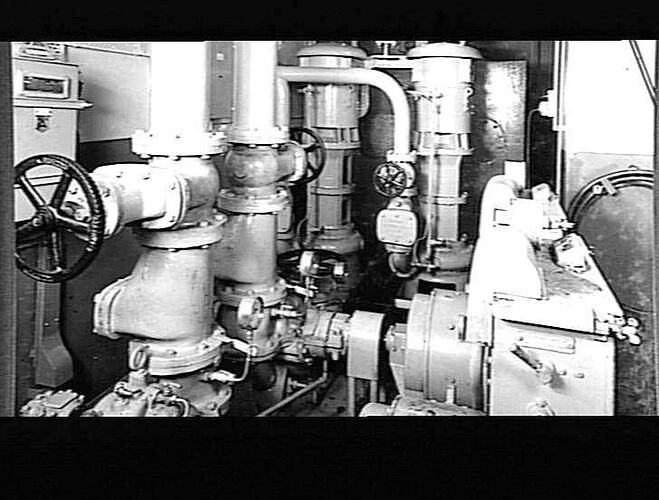Sizing an Aquaponics System: Numbers and Facts
When sizing an aquaponics system, several essential factors must be considered to plan an efficient and sustainable system.
Here are some important aspects that describe the technical sizing of an aquaponics system:
To get a first impression of the capacity of such a system regardless of the investment, we have created a "back-of-the-envelope" calculator for you that can provide some figures.

System Size and Capacity
- Total area of the system
- Number of fish tanks and plant stock
- Total water and air volume
The capacity determines the amortization, more precisely the break-even point - i.e., from when and with how much profit can be expected. Here, available capital, market demand, competition, and last but not least legal requirements are decisive.
Practical Example: Tilapia Production
Investment & Production
- Production: 2,700 kg Tilapia (year-round)
- Yield: 180 kg every 4 weeks
- System Costs: approx. €100,000
Revenue & Profitability
- Market Price: €15-30/kg (Tilapia fillet)
- Monthly Revenue: approx. €2,700 (at €15/kg)
- Cost Analysis: Individual consultation required
Providing a general answer regarding personnel and operating costs becomes significantly more difficult. Without professional consultation, you will not be able to obtain realistic figures here.
Sizing Factors in Detail
Water Quality and Management
- Water pH level
- Ammonia, nitrite, and nitrate concentrations
- Temperature control and management
- Oxygen content in the water
- Filtration systems (mechanical and biological)
Fish Stock and Species
- Selection of fish species based on environmental factors and market demand
- Density and size of fish per tank
- Feeding regime and feed quality
Plant Selection and Cultivation
- Selection of plant species based on growth conditions and market demand
- Root space and planting density in the beds
- Lighting and shading for plant growth
Hydroponic Components
- Type of hydroponics (e.g., NFT, Ebb and Flow, Drip Irrigation)
- Substrate choice and availability
- Nutrient solution composition and management
Energy and Resource Efficiency
- Use of renewable energy (e.g., solar power, wind power)
- Water recovery and recycling
- Efficient use of space, light, and heat
Control and Monitoring
- Automation of irrigation, feeding, and aeration
- Monitoring systems for water parameters and environmental conditions
- Alarms and emergency measures for deviations
Economic Aspects
- Cost-benefit analysis for system construction and operation
- Profitability and financial forecasts
- Market analysis and sales opportunities for fish and vegetables
Regulatory Requirements
- Compliance with environmental regulations and laws
- Permits and licenses for operating an aquaponics system
- Safety and hygiene regulations for food production
Professional Planning and Consultation
Sizing an aquaponics system requires careful planning and consideration of all the factors mentioned above,
to ensure a successful and sustainable system.
We offer professional consultation with experts from the fields of aquaculture, hydroponics, engineering, and agricultural sciences.
Contact UsContext:



Add Comment